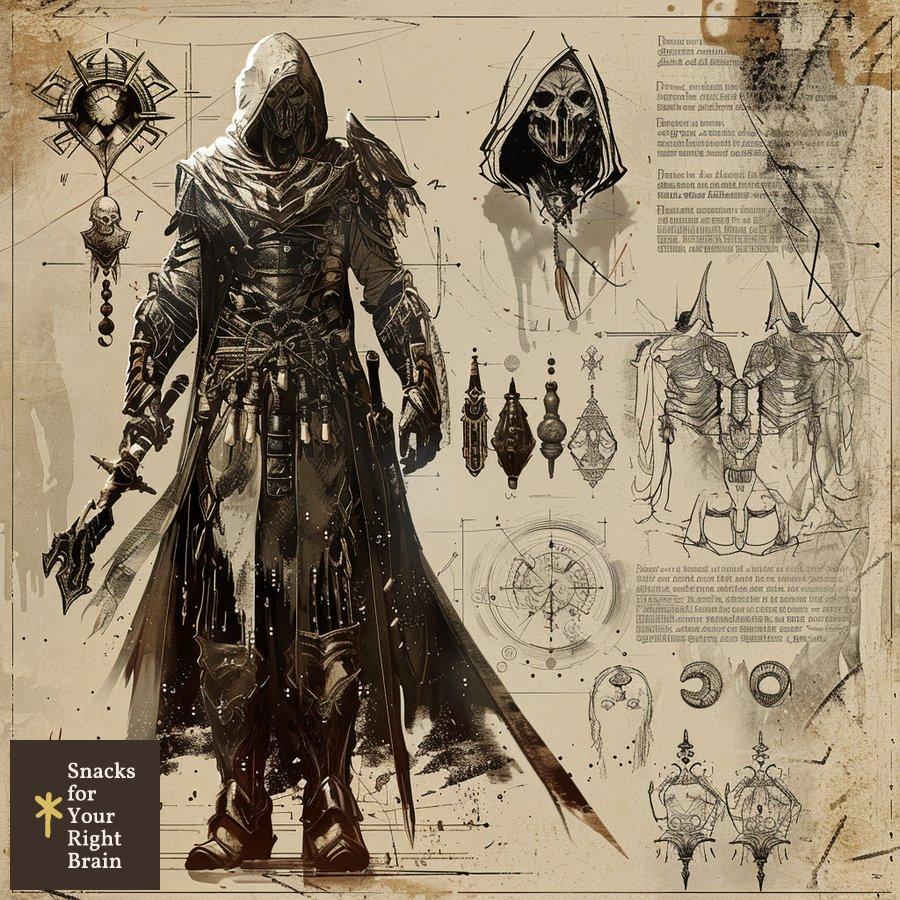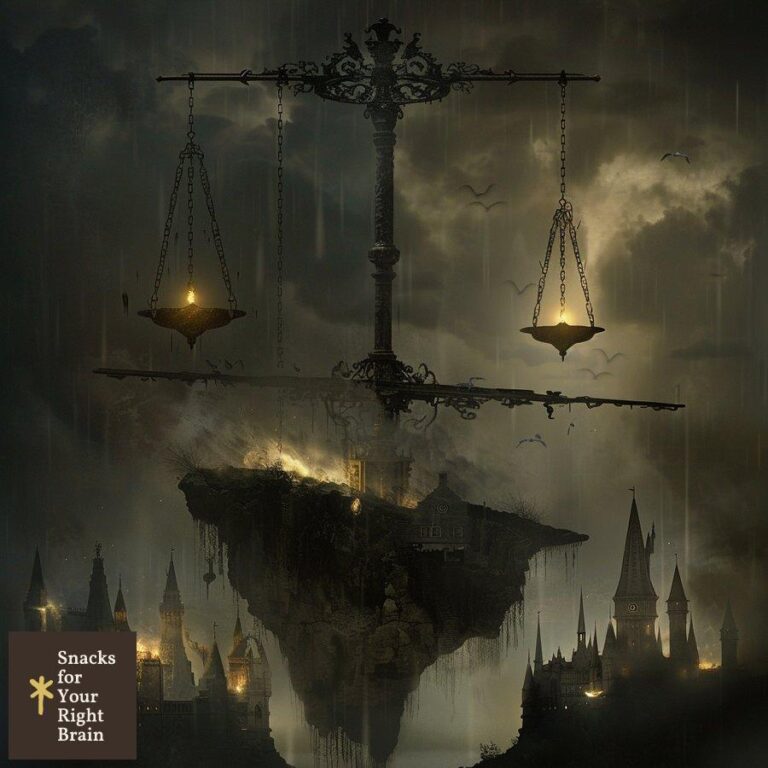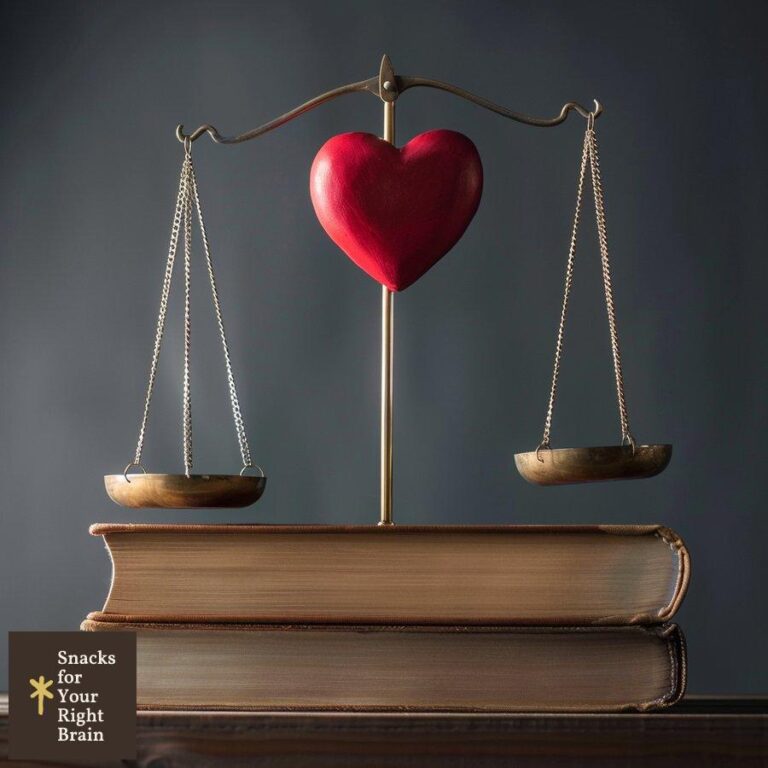What Is an Example of Symbolism in a Short Story
What is symbolism in short stories?
Symbolism is a literary device where a writer uses a tangible object, character, or event to represent an abstract idea or concept. This technique allows authors to convey deeper meanings and evoke emotional responses from readers. In short stories, where brevity is paramount, symbolism serves as a powerful tool to enrich the narrative and engage the audience.
Understanding Symbolism
The essence of symbolism lies in its ability to connect the concrete with the abstract. For instance, a heart often symbolizes love, while a storm can represent turmoil or conflict. The relationship between the symbol and its meaning is not always straightforward; it can vary based on context, culture, and individual interpretation. This complexity makes symbolism a multifaceted aspect of literary analysis.
Examples of Symbolism
- The Heart: Represents love and affection.
- The Storm: Often symbolizes chaos or emotional upheaval.
- Roses: Commonly associated with beauty and passion, but can also signify secrecy (as in “sub rosa”).
In short stories, every word counts, making symbols particularly valuable. They can encapsulate themes and emotions succinctly, allowing readers to derive meaning without lengthy exposition.
How does “The Lottery” by Shirley Jackson exemplify symbolism?
Shirley Jackson’s “The Lottery” is a poignant example of how symbolism can be employed to critique societal norms and traditions. The story revolves around an annual lottery in a small town, culminating in a shocking and brutal conclusion. The various symbols within the narrative serve to underscore the themes of conformity, violence, and the dangers of blindly following tradition.
Key Symbols in “The Lottery”
-
The Lottery Itself: Represents the arbitrary nature of violence and the dangers of conformity. The villagers participate in the lottery without questioning its morality, reflecting how societal norms can perpetuate harmful practices.
-
The Black Box: Symbolizes tradition and the villagers’ reluctance to change. The box is old and deteriorating, yet the townspeople cling to it, illustrating their blind adherence to outdated customs.
-
The Stones: Represent the violence inherent in human nature. The act of stoning is a ritualistic form of violence that underscores the story’s commentary on societal brutality.
Jackson’s use of these symbols invites readers to reflect on the implications of tradition and the potential for violence within seemingly benign communities.
What symbolic elements are present in Alice Walker’s “The Flowers”?
Alice Walker’s “The Flowers” poignantly explores themes of innocence and the harsh realities of life through rich symbolism. The story follows a young girl named Myop, whose journey through a rural landscape leads to a devastating discovery that shatters her childhood innocence.
Symbolic Elements in “The Flowers”
-
Flowers: Represent innocence and beauty. Myop’s initial joy in picking flowers symbolizes her carefree childhood, which is abruptly interrupted by the harsh realities of the world.
-
The Noose: Symbolizes the violence and racism that permeate society. Myop’s discovery of a lynched man starkly contrasts with her earlier innocence, marking her loss of naivety.
-
Summer: Represents the peak of childhood joy and innocence. The story concludes with the phrase “and the summer was over,” signifying the end of Myop’s innocence and the onset of a more complex understanding of the world.
Walker’s use of these symbols illustrates the transition from innocence to awareness, highlighting the impact of societal violence on the individual.
How can readers identify and analyze symbolism in short fiction?

Identifying and analyzing symbolism in short fiction requires a keen eye and an understanding of the story’s context. Readers can enhance their comprehension of symbolism by following several strategies.
Strategies for Identifying Symbolism
-
Pay Attention to Repeated Elements: Symbols often recur throughout a story. Noticing these repetitions can provide insight into their significance.
-
Consider the Context: The meaning of a symbol can change based on the story’s setting, characters, and themes. Understanding the context in which a symbol appears is crucial for accurate interpretation.
-
Reflect on Emotional Responses: Symbols are designed to evoke emotions. Consider how certain objects or actions make you feel and what they might represent within the narrative.
Analyzing Symbolism
-
Explore Relationships: Examine how symbols relate to characters and themes. For instance, how does a character’s journey mirror the symbolism present in the story?
-
Look for Contrasts: Symbols can often have dual meanings. Identifying contrasts within the story can reveal deeper layers of meaning.
-
Engage with the Text: Active reading is essential. Annotate passages where symbolism appears and jot down your interpretations to facilitate a deeper understanding.
By employing these strategies, readers can uncover the rich layers of meaning embedded in short stories, enhancing their overall reading experience.
What are common types of symbols used in short stories?
Short stories often employ various types of symbols to convey themes and emotions. Understanding these common symbols can enhance readers’ appreciation of the narrative.
Types of Symbols in Short Stories
-
Universal Symbols: These symbols have widely recognized meanings across cultures. For example, a dove often symbolizes peace, while a snake may represent evil or temptation.
-
Contextual Symbols: These symbols derive their meaning from the specific context of the story. For instance, a character’s choice of clothing may symbolize their social status or emotional state.
-
Character Symbols: Characters themselves can serve as symbols. A character’s journey may represent broader societal issues or personal growth.
-
Environmental Symbols: The setting can also symbolize themes or emotions. A stormy landscape may reflect turmoil, while a serene garden could symbolize peace and tranquility.
-
Cultural Symbols: These symbols draw on cultural or historical references. For example, a flag may symbolize national identity, while a specific color can evoke cultural significance.
Recognizing these types of symbols allows readers to engage more deeply with the text and uncover the author’s intended messages.
How does symbolism enhance the reader’s experience of a short story?
Symbolism significantly enhances the reader’s experience by adding depth and complexity to the narrative. Through the use of symbols, authors can convey intricate themes and emotions that resonate with readers on multiple levels.
Benefits of Symbolism in Short Stories
-
Evokes Emotional Responses: Symbols can elicit strong emotions, allowing readers to connect with the characters and themes on a personal level. For instance, a symbol of loss may resonate with readers who have experienced similar feelings.
-
Encourages Interpretation: Symbolism invites readers to engage in critical thinking and interpretation. Readers are encouraged to explore the deeper meanings behind symbols, fostering a more active reading experience.
-
Creates Layers of Meaning: Symbols can encapsulate complex ideas, allowing authors to convey multiple layers of meaning within a concise narrative. This richness adds depth to the story and encourages re-reading for deeper understanding.
-
Facilitates Connections: Symbols can bridge the gap between the text and the reader’s own experiences. By tapping into universal themes, symbolism fosters a connection that transcends the narrative.
Through these mechanisms, symbolism transforms a short story into a multifaceted exploration of human experience, enriching the reader’s journey.
What techniques do authors use to create effective symbolism?

Authors employ various techniques to craft effective symbolism in their short stories. These techniques enhance the impact of symbols and ensure they resonate with readers.
Techniques for Creating Symbolism
-
Concrete Imagery: Authors often use vivid and specific imagery to create symbols that are easily visualized. This concreteness helps readers form a clear mental picture, making the symbolism more impactful.
-
Character Development: Developing characters whose traits or journeys embody larger themes can create powerful symbols. For instance, a character’s struggle may symbolize societal issues or personal growth.
-
Environmental Details: The setting can be imbued with symbolic meaning. Authors may describe landscapes, weather, or architecture to reflect characters’ emotions or the story’s themes.
-
Cultural References: Incorporating cultural or historical symbols can enrich the narrative. Authors can draw on shared cultural knowledge to create symbols that resonate with readers.
-
Subtlety and Ambiguity: Effective symbolism often thrives on subtlety. Authors may leave symbols open to interpretation, allowing readers to engage with the text and derive their own meanings.
By employing these techniques, authors can craft symbols that resonate deeply with readers, enhancing the overall impact of their stories.
How does symbolism in short stories differ from symbolism in novels?
While both short stories and novels utilize symbolism, the way symbols are employed can differ significantly due to the constraints and opportunities presented by each form.
Differences in Symbolism
| Aspect | Short Stories | Novels |
|---|---|---|
| Length | Limited space necessitates concise symbolism. | More room for complex, layered symbolism. |
| Focus | Often centers on a single theme or idea. | Can explore multiple themes and symbols concurrently. |
| Character Development | Limited character development may restrict symbolism. | Extensive character arcs allow for deeper symbolism. |
| Pacing | Quick pacing may lead to more immediate symbols. | Slower pacing allows for gradual symbol development. |
| Reader Engagement | Requires active interpretation due to brevity. | Offers more context for symbols, facilitating understanding. |
In short stories, symbols must be carefully chosen and crafted to convey meaning quickly and effectively. In contrast, novels have the luxury of developing symbols over time, allowing for richer and more nuanced interpretations.
Why is symbolism particularly important in the short story format?
Symbolism holds particular significance in the short story format due to the inherent constraints of brevity. In a limited word count, every element must serve a purpose, making symbolism a vital tool for authors.

Importance of Symbolism in Short Stories
-
Efficiency in Communication: Symbolism allows authors to convey complex ideas and emotions succinctly. A single symbol can encapsulate a theme that might otherwise require extensive exposition.
-
Depth in Limited Space: Through symbolism, authors can add layers of meaning to their narratives. This depth enriches the reading experience and invites readers to engage more thoughtfully with the text.
-
Engagement with Themes: Symbolism encourages readers to explore the underlying themes of the story. By deciphering symbols, readers can uncover the author’s commentary on societal issues, human nature, and personal experiences.
-
Memorable Impact: A well-crafted symbol can leave a lasting impression on readers, making the story more memorable. This impact is particularly crucial in short stories, where the goal is often to provoke thought and reflection.
In essence, symbolism is a powerful tool that enables short story authors to maximize the emotional and thematic resonance of their narratives.
How can readers interpret multiple layers of symbolic meaning?
Interpreting multiple layers of symbolic meaning requires an analytical approach and an openness to various interpretations. Readers can enhance their understanding of symbolism by employing several strategies.
Strategies for Interpreting Symbolic Meanings
-
Contextual Analysis: Consider the context in which a symbol appears. Analyze how its meaning may shift based on the surrounding narrative elements, such as character actions, settings, and themes.
-
Personal Reflection: Engage with the text on a personal level. Reflect on your own experiences and emotions in relation to the symbols, as personal interpretations can yield rich insights.
-
Explore Contradictions: Symbols often carry dual meanings or contradictions. Identifying these complexities can reveal deeper layers of meaning and enrich your interpretation.
-
Engage with Literary Criticism: Reading analyses and critiques of the story can provide new perspectives on its symbolism. Engaging with different interpretations can broaden your understanding.
-
Re-read the Text: Revisiting the story can unveil new insights. As readers become more familiar with the narrative, they may notice previously overlooked symbols and meanings.
By employing these strategies, readers can navigate the intricate landscape of symbolism, uncovering the multiple layers of meaning that enrich short stories.
In conclusion, symbolism is a vital component of short story writing that enhances narrative depth, engages readers, and conveys complex themes. Through the careful crafting of symbols, authors can create powerful connections between their stories and the reader’s experience, inviting exploration and interpretation.






